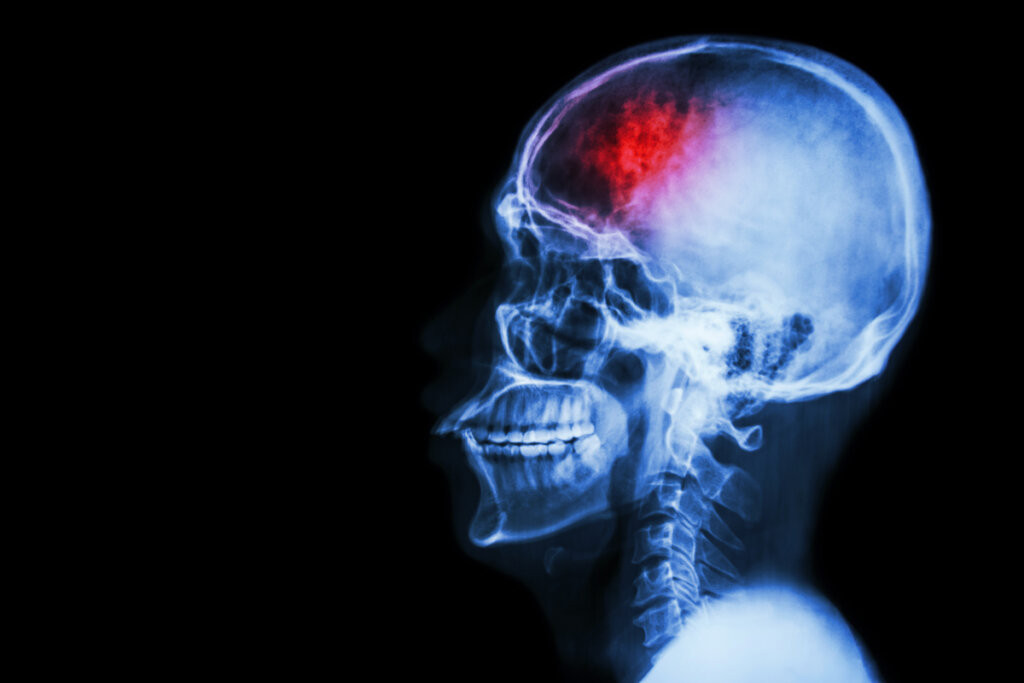Executive Dysfunction and Its Effects


Written and verified by the psychologist Elena Sanz
Think about everything you do during the day: talk to your partner, follow a recipe, carry out a work project, read a book, go to a medical appointment… All these daily actions that are so natural for you, can be a real challenge for those with executive dysfunction. That’s because their ability to organize, plan, and regulate their attention or will has deteriorated. This places an important limitation on them along with a loss of autonomy.
You may have never heard of this term, but it’s more common than you might think. It can occur in children, adults, and the elderly and affects cognition, emotions, and behavior. Unsurprisingly, it has serious repercussions.
In fact, a deficit in executive function hinders the individual’s ability to regulate their emotions, set themselves goals, direct their behavior independently, and function in the environment.

Executive function
Executive function can be understood as the command center of the brain. It’s like a director who’s in charge of the various functions and coordinates them to give rise to complex behavior. It answers questions like What do I want to do? How can I do it? When? What steps do I have to follow? How’s the process going? In effect, it’s an organizing component that underlies all cognitive activities.
In reality, executive function deals with several functions of great importance:
- The initiative, will, and determination to initiate tasks and see them through until the end.
- Planning and organization.
- The ability to regulate attention, concentrate, and maintain good working memory while performing a task.
- The ability to monitor the process of achieving an objective and detect and eliminate any elements that might interfere with it.
- The flexibility to respond to changing environmental demands. Moreover, the ability to make amendments.
- The ability to identify the desires, thoughts, and needs of others.
Executive dysfunction implies a deficit in these capacities for organization, coordination, and control.
The manifestation of executive dysfunction
People with executive dysfunction may have difficulty carrying out multiple activities in their daily lives. For instance:
- They experience difficulty in initiating tasks and projects.
- They lack motivation. In addition, they might feel apathetic and emotionally indifferent.
- They forget what they’re doing and leave tasks uncompleted.
- They procrastinate and tend to leave everything for later.
- It’s difficult for them to order their priorities and organize their time.
- They’re unable to change the focus of attention when necessary. In fact, they tend to persevere in previous tasks or patterns.
- They find it difficult to follow commands or instructions.
- They have great difficulty controlling their impulses. Moreover, they’re unable to anticipate the consequences of their actions.
- They find it challenging to understand the behavior, thoughts, and emotions of others.
- They find it difficult to make decisions. Nor can they choose between several options or ways of responding to a situation.
- They have little resistance to distraction and interference.
Causes of executive dysfunction
Executive dysfunction isn’t a disorder in itself, but a deficit that can appear in different conditions. At the neurobiological level, executive function is directly associated with the prefrontal cortex. This brain region develops primarily during childhood and adolescence. Indeed, it’s at these stages that youngsters develop and perfect these abilities.
However, there are several disorders that can prevent this from happening. For instance, executive dysfunction is a typical occurrence in attention deficit hyperactivity disorder (ADHD). It can also appear in autism spectrum disorder (ASD) and other neurodevelopmental disorders. In ADHD, it accounts for the difficulties related to attention and impulse control. In ASD, it explains the lack of empathy, stereotyped behaviors, and restricted interests.
This executive deficit can also appear as part of an anxiety disorder, depression, and other psychiatric conditions. It’s especially relevant in the case of Alzheimer’s and other kinds of dementia and compromises the autonomy and safety of the elderly. On the other hand, it can also arise as a result of brain damage caused by trauma or other injuries.

What can be done?
There are different interventions and strategies for alleviating the effects of executive dysfunction and improving the sufferer’s quality of life. The options used will depend on the specific case and on the cause of the deficit. Regardless of these variables, in all cases, the aim is to restore the altered functions as well as make external adaptations.
The affected areas must be identified, as well as the conserved areas and the strengths of the individual and their environment. From there, guidelines can be applied. These include the promotion of healthy lifestyle habits, occupational therapy, and patient orientation guidelines.
For the sufferer, understanding their executive dysfunction and learning to use elements such as agendas, planners, reminders, and organization and self-motivation strategies can be really useful. That said, it’s best to seek advice from a professional. They can diagnose the deficit and design an individualized treatment plan.
All cited sources were thoroughly reviewed by our team to ensure their quality, reliability, currency, and validity. The bibliography of this article was considered reliable and of academic or scientific accuracy.
- Montero, R., & García, M. C. (2006). La disfunción ejecutiva en el trastorno autista: relaciones con otras variables. Iniciación a la Investigación, (1).
- Rojo Mota, G., Pedrero Pérez, E. J., Ruiz Sánchez de León, J. M., Llanero Luque, M., Olivar Arroyo, Á., & Puerta García, C. (2009). Terapia Ocupacional en la rehabilitación de la disfunción ejecutiva en adictos a sustancias. Trastornos Adictivos, 11(2), 96-105.
- Vayas Abascal, R., & Carrera Romero, L. (2012). Disfunción ejecutiva: Síntomas y relevancia de su detección desde Atención Primaria. Revista Clínica de Medicina de Familia, 5(3), 191-197.
This text is provided for informational purposes only and does not replace consultation with a professional. If in doubt, consult your specialist.








